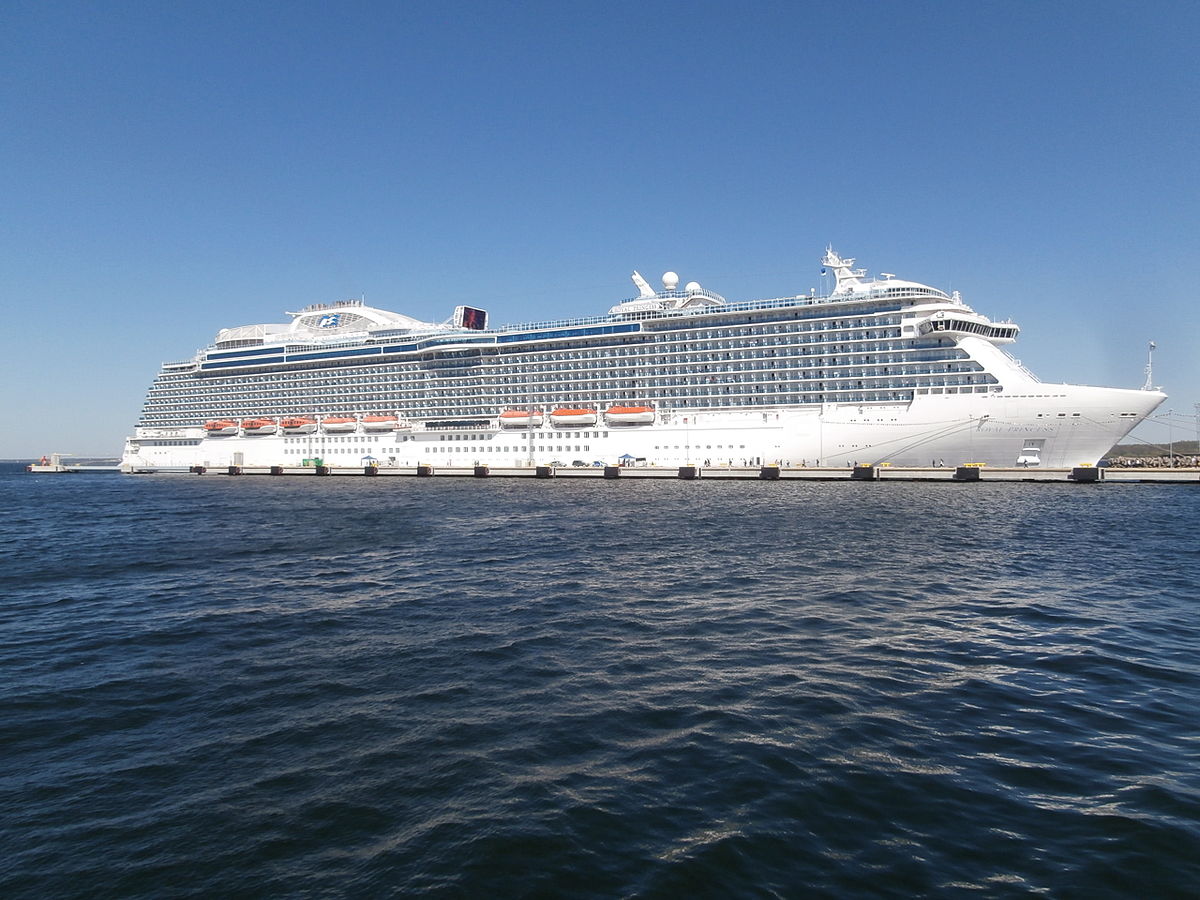
VANCOUVER — Six people are now confirmed dead in the midair crash of two sightseeing floatplanes in Alaska, including one Canadian, the U.S. Coast Guard said late Tuesday.
The U.S. agency released the latest numbers after two more bodies were recovered from the crash site.
The crash happened Monday after the planes carrying cruise ship tourists collided near the southeast Alaska town of Ketchikan. Fourteen Americans, one Canadian and one Australian were involved, the Coast Guard said.
Global Affairs Canada said Canadian consular officials in Seattle were in contact with local authorities to gather additional information and provide assistance as needed.
“Our thoughts and sympathies are with the family and loved ones of the Canadian citizen who died in Alaska,” the department said, adding it could not identify the victim for privacy reasons.
The Royal Princess cruise ship left Vancouver for Anchorage on Saturday and is to return on May 25.
Coast Guard Commander Michael Kahle said earlier Tuesday that crews were searching both the water and the shore of a remote area called George Inlet for the two missing — the Canadian and Australian.
He said the area is en route to the Misty Fjords National Monument, a popular and active spot for sightseeing flights.
One of the planes was a single-engine de Havilland Otter operated by Taquan Air and was returning from a wilderness tour sold through Princess Cruises of the Misty Fjords, the company said.
It was carrying 10 guests from the Royal Princess and a pilot, who were all Americans, the statement said.
The other plane, a Havilland DHC-2 Beaver, was operating an independent flight tour carrying a pilot and four guests, of which two were American, one was Canadian and the other was Australian, the company added.
The pilot and nine passengers on the Otter were able to make their way to shore, where they were rescued and taken to hospital, Kahle said.
The survivors were in fair or good condition, said Marty West, a spokeswoman for PeaceHealth Ketchikan Medical Center.
Local emergency responders worked with state and federal agencies and private vessels to help rescue and recover victims.
“It’s been a long day and the crews have been working really hard to rescue people and recover the deceased,” said Deanna Thomas, a spokeswoman for the local government, the Ketchikan Gateway Borough.
Jerry Kiffer of the Ketchikan Volunteer Rescue Squad said several of the passengers had been removed from the beach by the time his crews arrived on Monday.
“Obviously, we had some injuries — broken bones, lacerations, back injuries, but everybody was reasonably calm,” he told the news conference Tuesday.
The debris field was about 300 metres wide and 800 metres long, with doors, seats and life-jackets strewn in a way that indicated an aircraft had come apart in the air, Kiffer said.
Taquan Air said the company has suspended operations while the crash is investigated.
“We are devastated by today’s incident and our hearts go out to our passengers and their families,” it said in a statement.
It’s not known how the planes collided. U.S. National Transportation Safety Board investigators arrived from Washington, D.C., Tuesday afternoon.
Larry Vance, a former investigator with the Transportation Safety Board of Canada, said the planes would not have been advised by air-traffic control and instead would have been flying under visual flight rules.
“The way it’s supposed to work, so you do not have a collision, is you’re supposed to keep a real sharp visual watch for other airplanes,” Vance said.
In places where congestion is expected, such as tourist areas, operators often develop procedures to avoid crashes, such as flying at a different altitude depending on direction, he added.
“You can assume right off the top that they never saw each other,” he said of the Alaska crash.
“The worst-case scenario is they were coming straight at each other and hit head on. It’s also entirely possible they were both going in the same direction, and one was climbing up and the other was descending.”
Steve McCaughey, executive director of the Florida-based Seaplane Pilots Association, said the two types of planes involved are popular and flown all over Alaska and the world.
There’s very little or no reduction in visibility that comes with having floats instead of wheels, he said.
McCaughey said there were many unanswered questions and he was awaiting the outcome of the investigation, but he wondered whether atmospheric conditions played a role.
Weather in the area where the crash happened included high overcast skies with southeast winds gusting at 14 kilometres per hour.
“They call it Misty Fjords for a reason,” McCaughey said.
Starting next January, the Federal Aviation Administration will require all American aircraft to have tracking devices called ADS-B, which send out signals that show the aircraft’s position.
McCaughey said most commercial planes, especially those in high-traffic environments, already have this equipment. If they don’t, it would be their last season flying without it, he said.
— With files from The Associated Press.